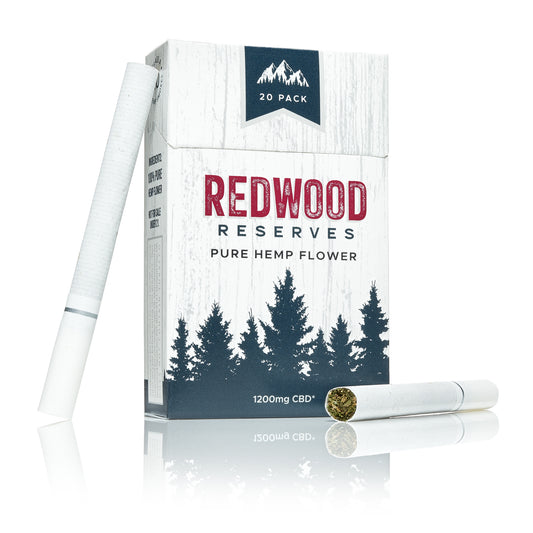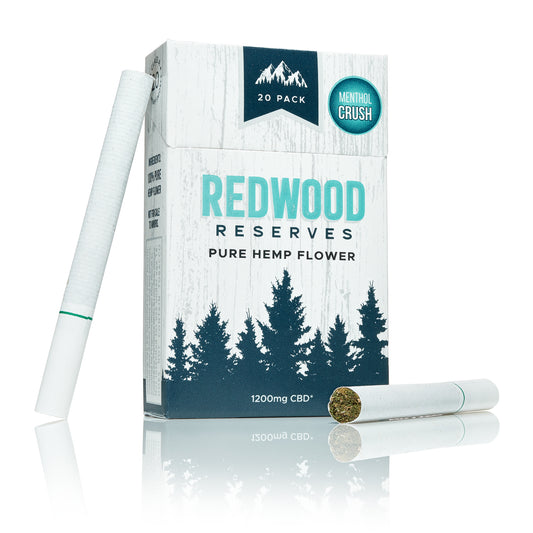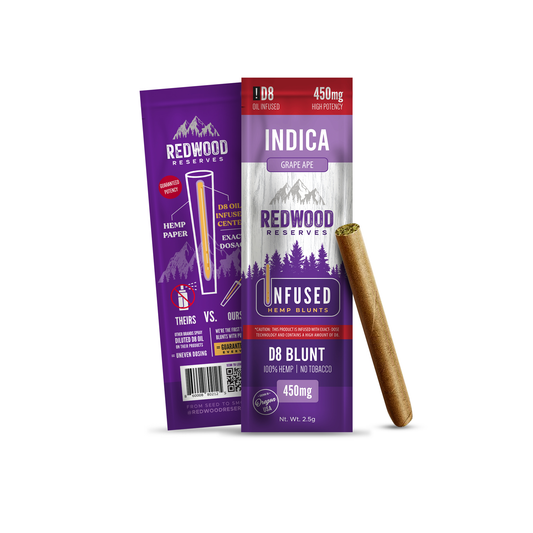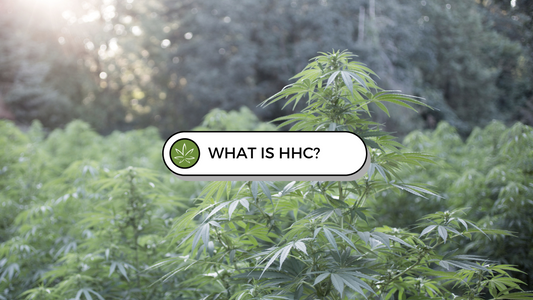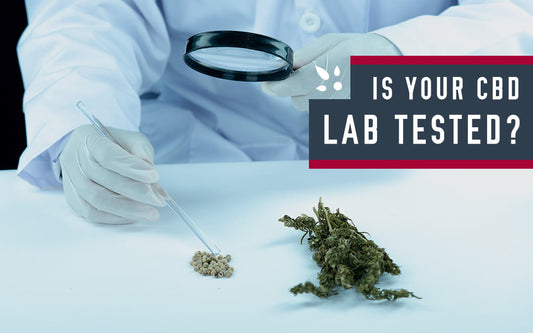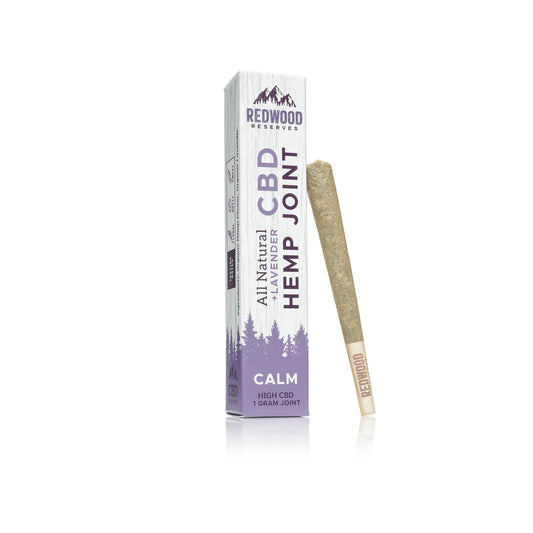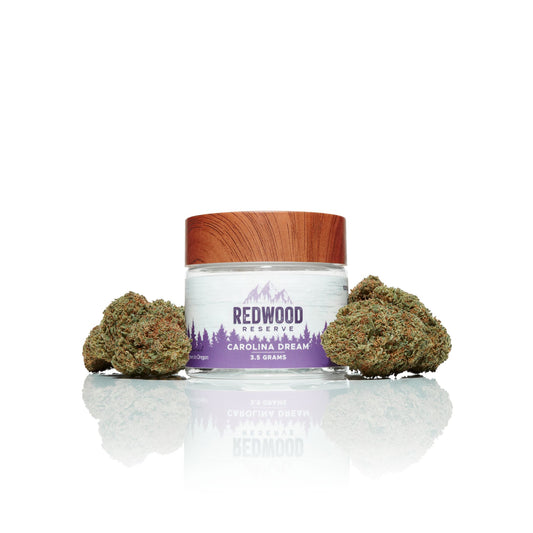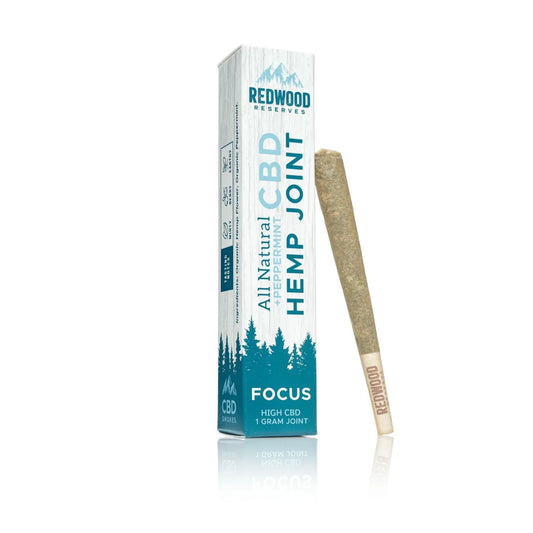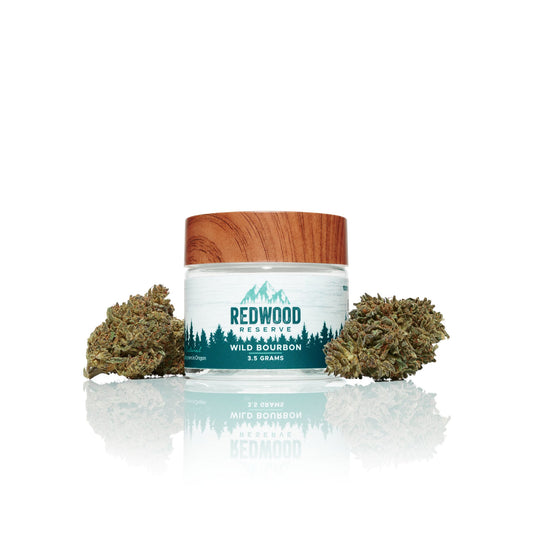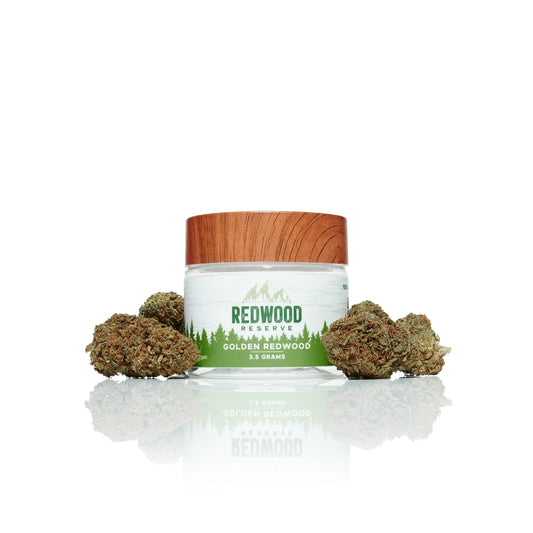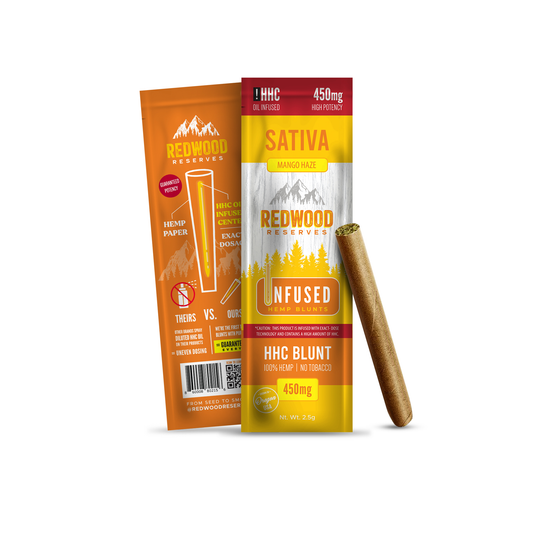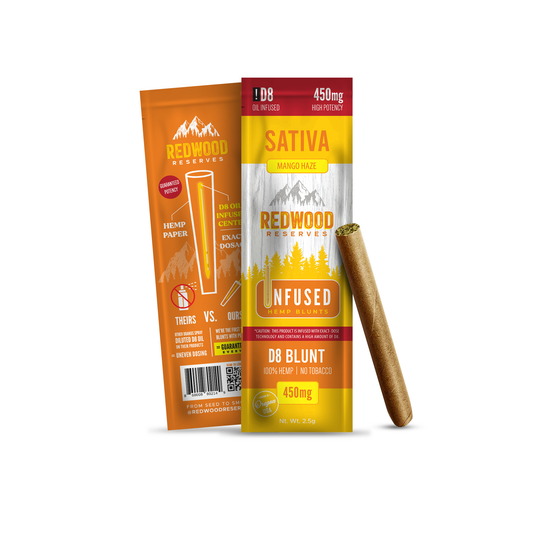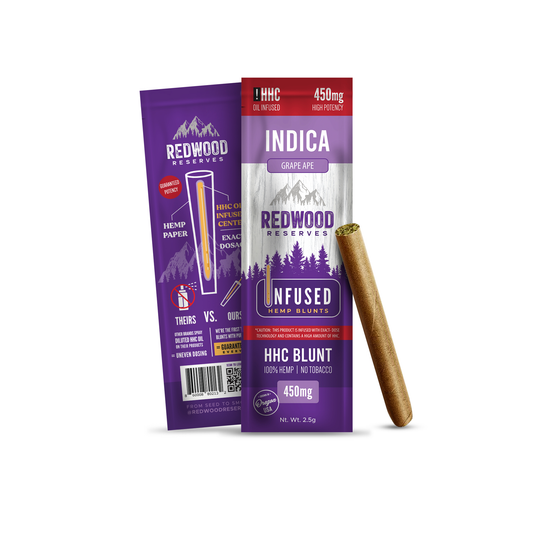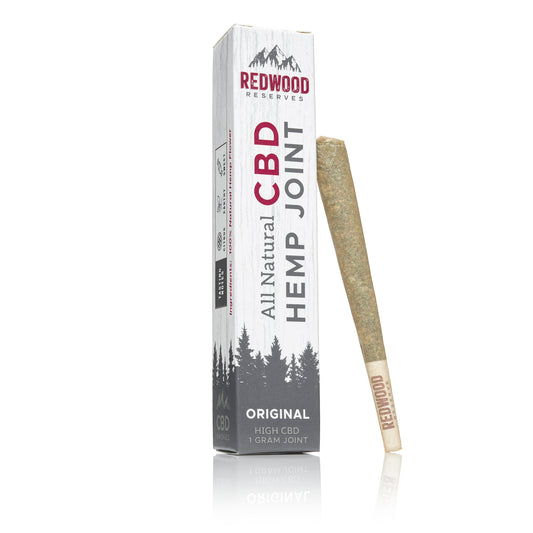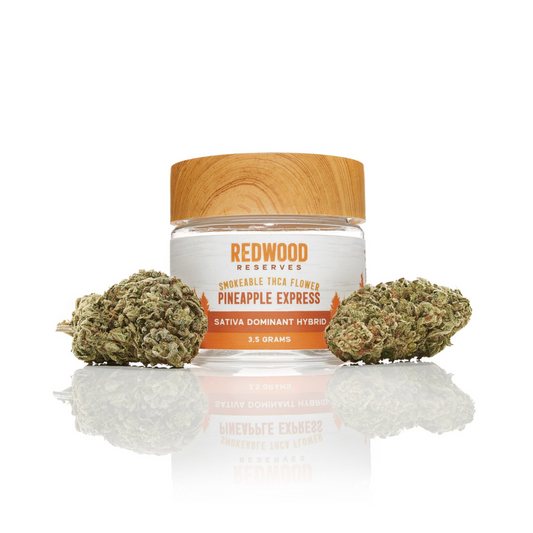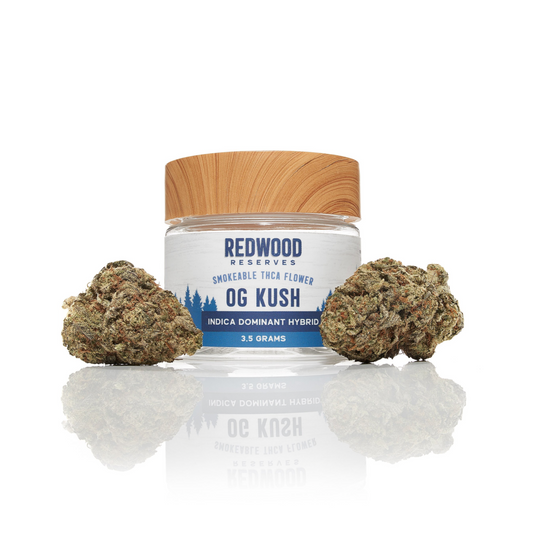Endocannabanoids Inside & Out
One of the great things about smoking a Redwood Reserve is how quickly you feel its profoundly relaxing benefits. Even the most plant-forward folks are surprised by how well carefully-grown, full-spectrum hemp delivers medicinal goods.
Or that it delivers them at all. “This stuff actually works!” You’ll hear first-time users exclaim. While this is certainly true — and explains why hemp has been used as medicine for 5,000 years — it is far from the most amazing thing about the intimate way cannabis connects with some very specific parts of you.
The Healers Inside You
To explain, I’m going to have to drop some science. The relaxing, pain and stress-relieving effects of hemp are due to its boasting large amounts of cannabidiol, better known as CBD, the promising and adaptable new medicine that has been showing up in everything from your coffee to your tiramisu. This helpful compound is just one of roughly a hundred Cannabanoids found in the hemp plant. When these compounds are derived from a plant they are called phytocannabanoids.
Curiously, however, you don’t need to uproot a cannabis plant to find these tiny healers. There are cannabinoids rushing through all of us right now. These endogenous molecules make up the so-called Endocannabanoid System. The system cues the body to make the subtle adjustments needed to stay in balance with its ever changing environment and achieve what my high school biology teacher called homeostasis (he had other names for me).
Breaker 1-9 . . . We Got Ourselves A Convoy
The crazy part is that these molecules function via certain specific receptors in the brain that can be accessed only by cannabinoids. This means that a part of us somehow evolved to speak only to hemp and that there are sites in our body whose chemical lock can only be opened by CBD and that both homebrewed CBD generated by our bodies and CBD from hemp fulfill this role interchangeably. These receptors are known as CB1 and CB2, and they look fun.
 Though they are finding more and more medicinal uses for CBD, science can’t explain how the cannabanoids got inside us, only that it happened long ago. Taxonomic investigation has revealed that the endocannabinoid system evolved over 500 million years ago. Research has also found that all vertebrates produce endocannabinoids. Further proof that when nature finds something that works, it uses it whenever and wherever it can.
Though they are finding more and more medicinal uses for CBD, science can’t explain how the cannabanoids got inside us, only that it happened long ago. Taxonomic investigation has revealed that the endocannabinoid system evolved over 500 million years ago. Research has also found that all vertebrates produce endocannabinoids. Further proof that when nature finds something that works, it uses it whenever and wherever it can.
Which is not a bad way to look at CBD. I mean, the stuff already in us so you know it’s safe (provided you scored it from a reputable purveyor who uses third-party testing). And the only thing it hasn’t been added to yet is broccoli, so there are all kinds of ways to bring more of its goodness to you.
So next time you feel your CBD working its magic, give a shout out to those CB receptors and the cannabinoids that are ringing their bell no matter their source.
